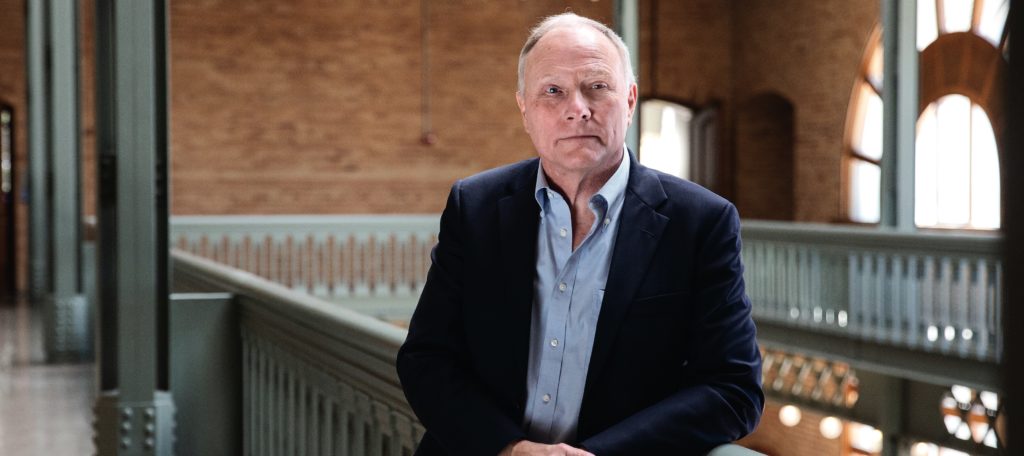2022 Spring

Out with a Bang
By Margie CullenIf a star dies in the universe and no one is around to see it, does it make an explosion? Scientists can now confirm that it does.

Making Forest Thinning Work
By Anabel SosaAmid a string of record-setting wildfire years in the state, California and the U.S. Forest Service have set an ambitious goal of “treating” 1 million acres of forest annually in order to reduce fire risk and increase forest resilience. It’s a costly proposition.

Losing Joan Didion
By Pat JosephWriter Joan Didion, who graduated from Berkeley in 1956, died on December 23, 2021, at age 87. She will be remembered as one of the most distinctive voices not only of her generation but in all of American letters.

Our No- to Low-Snow Future
By Krissy WaiteThe Sierra Nevada—the “Snowy Range”—is about to get a lot less snowy according to a study co-led by Berkeley Lab researchers. Published in the journal Nature Reviews Earth & Environment in October, the study concludes that certain mountain ranges in California and the western United States could be nearly snowless for years at a time in a matter of decades.

What to Read, Watch, and Listen to This Spring
Here are a few of our favorite books, shows, and films by people from Berkeley.

5 Questions
By Dhoha BarecheA conversation with Ann E. Harrison ’82, Dean and Professor, Haas School of Business
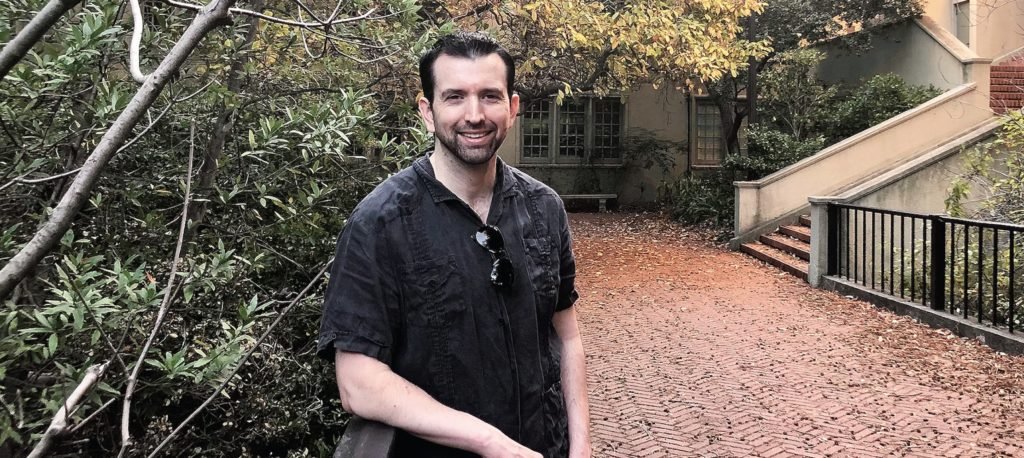
Snapp Chats
By Martin SnappThe National Lawyers' Guild, distributing basic necessities, and the uphill battle for transfer students.
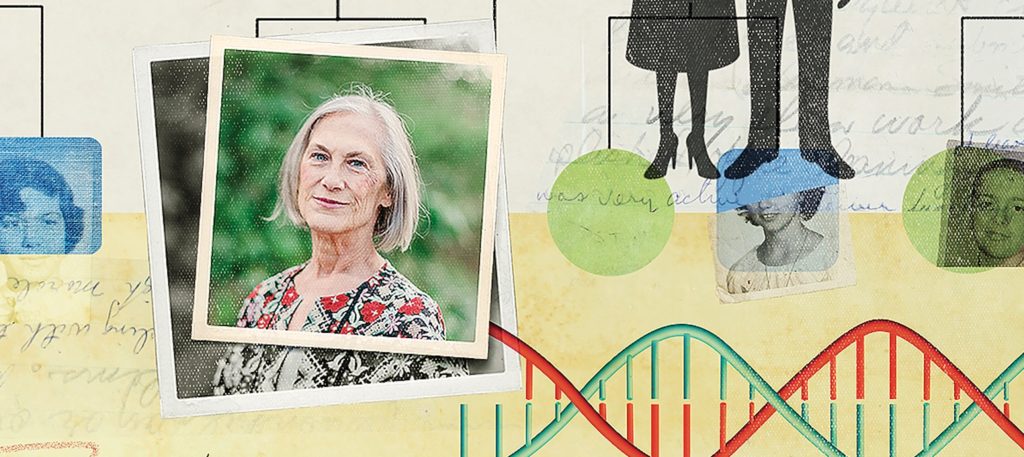
FIRST PERSON
By Robin Dellabough, as told to Anabel SosaI was 66. It was 2018, and a friend of mine said she had done 23andMe. So I thought oh, what the hell.
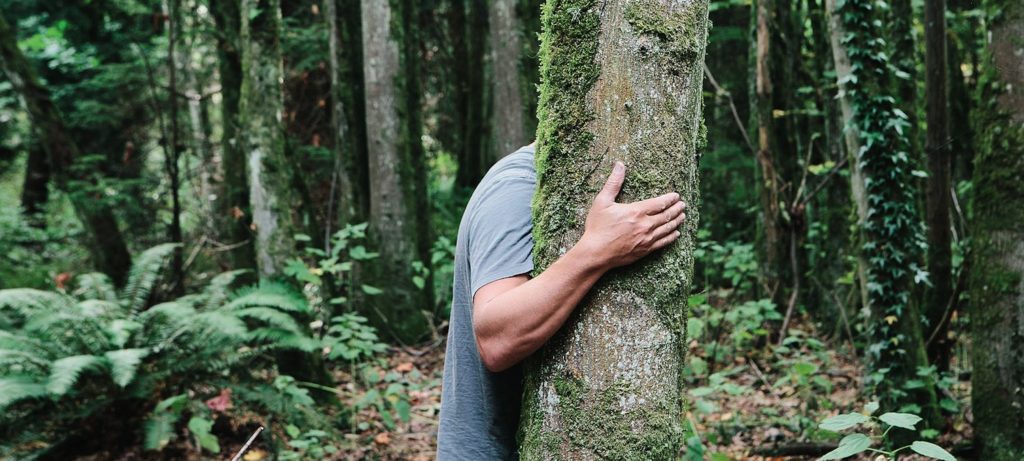
Editor’s Note
By Pat JosephEyes open, eyes closed, it didn’t matter, I saw the same thing: an ant venturing deeper and deeper into a fern. Then somehow I became that ant, in the fern, going deeper and deeper.
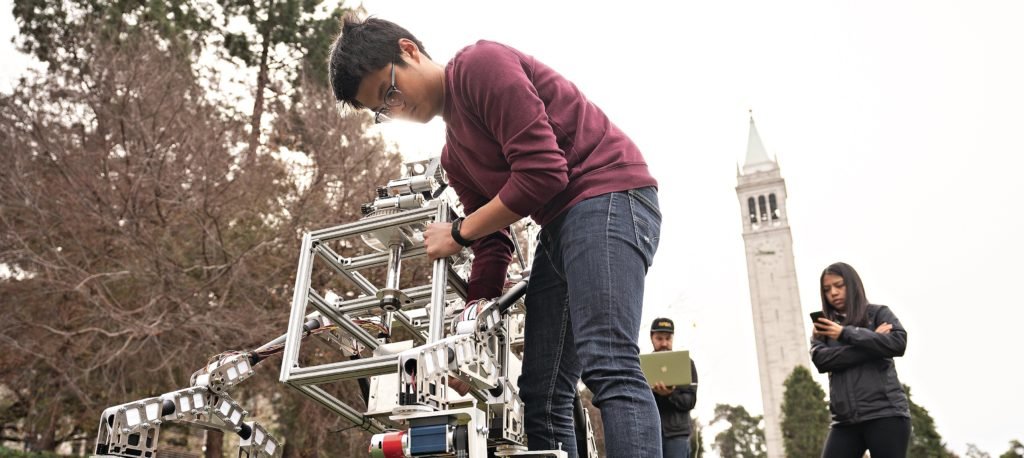
Chancellor’s Letter
By Chancellor Carol T. ChristLet’s face it, over the last few years, every day seems to arrive with a new set of unhappy headlines about existential issues.

Electric Kool-Aid Peer Review
By Coby McDonaldOn Good Friday, 1962—five years before the hallucinogen-fueled Summer of Love—something remarkable took place in a chapel on the Boston University campus. The Good Friday Experiment, as it would later be known, was designed by a graduate student at Harvard University named Walter Pahnke under the guidance of professor Timothy Leary. Ten seminary student volunteers were taken to the basement of the Marsh Chapel, provided doses of psilocybin (the active ingredient in hallucinogenic mushrooms), and observed as the sounds of the Good Friday service above—sermon, hymns, chanting—were piped in. Pahnke’s aim was to see if psilocybin, delivered under such conditions, could induce a full-blown mystical experience.









